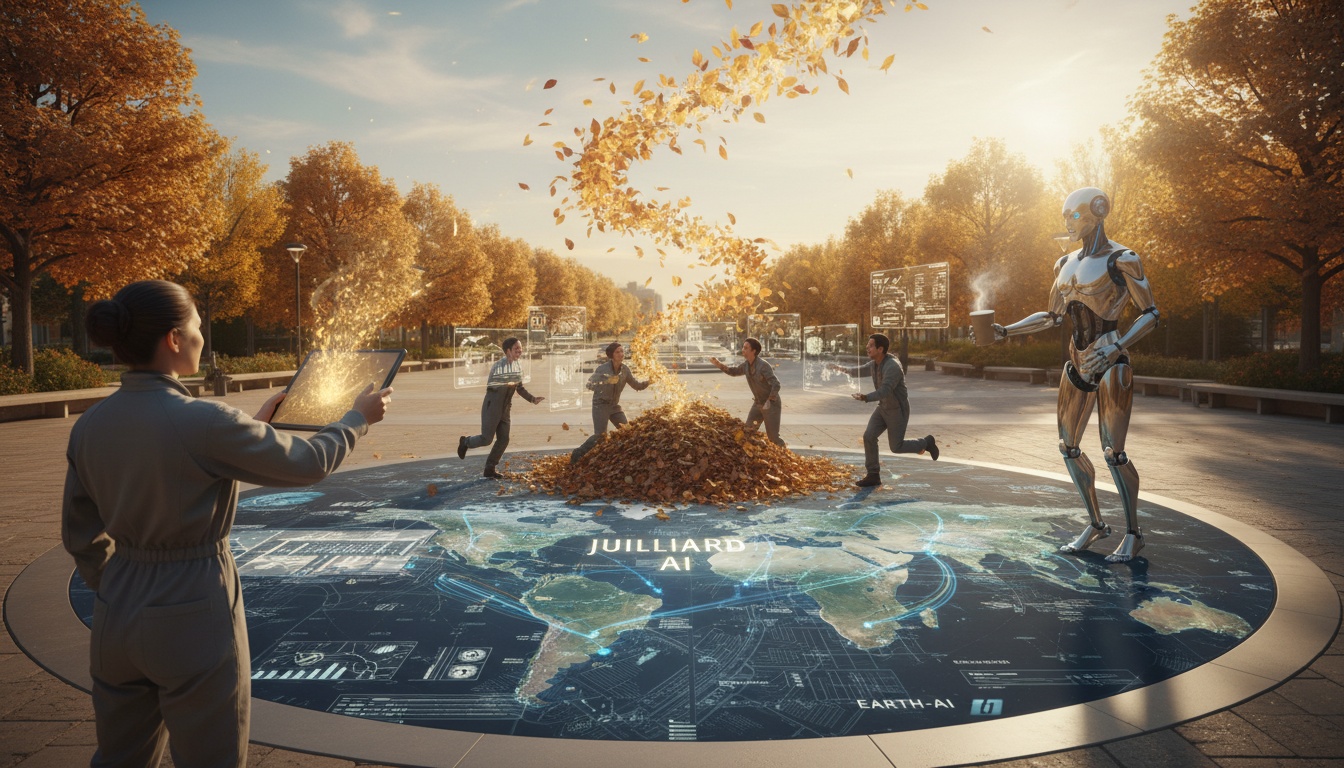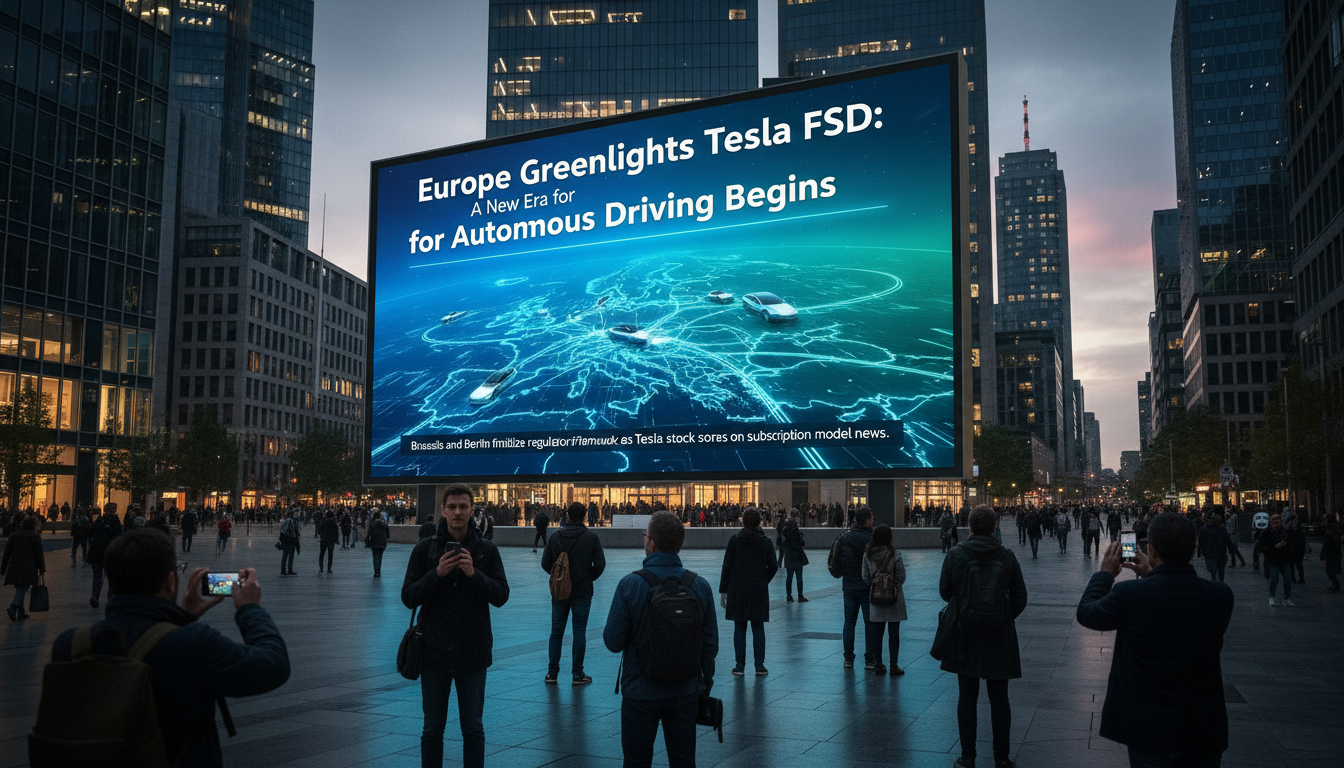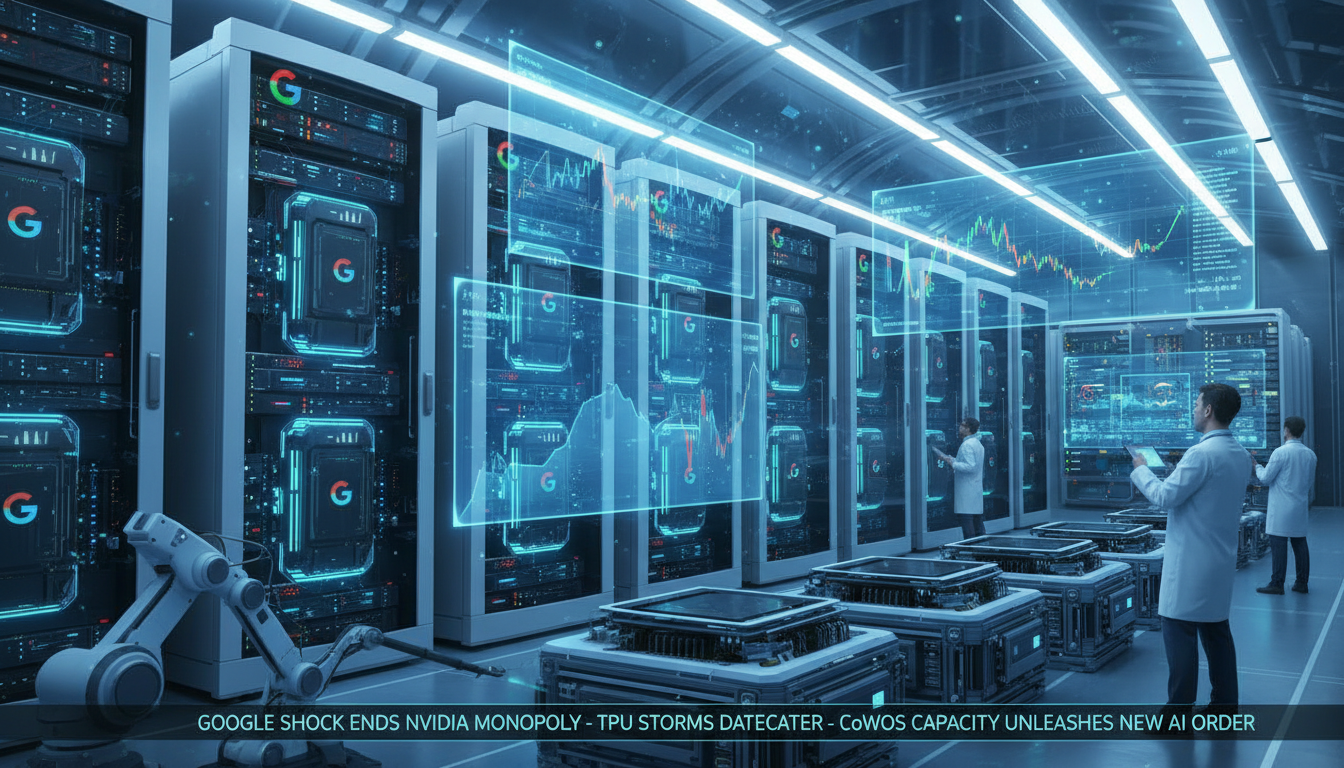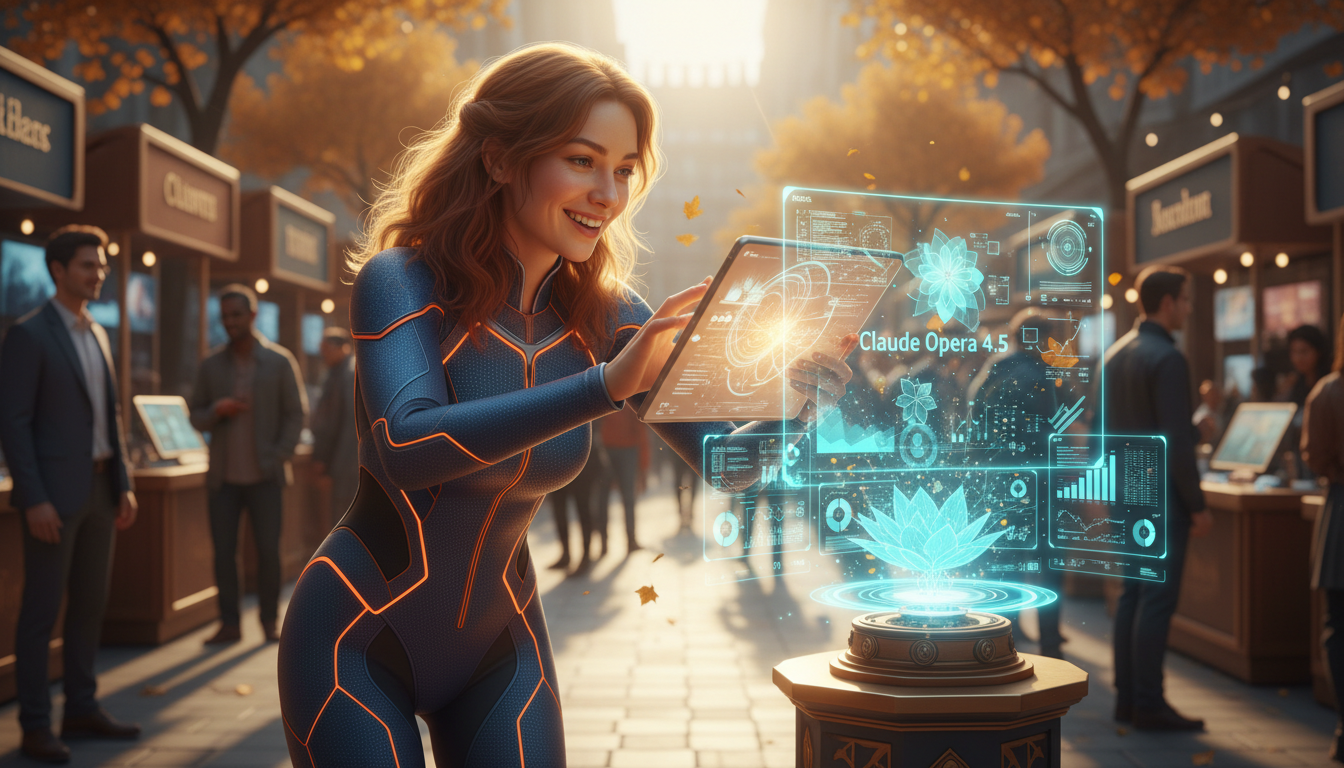● AI Transition, Automation Strategies, Embrace Change
AI Transition and Automation, What Strategies to Prepare Now and What to Give Up?
1. Understanding the AI Transition Stages for Individuals and Companies
It is crucial to recognize that a strategy beyond simple “automation” is required for work automation and semi-automation using AI.
This analysis systematically examines the first stage of individuals increasing productivity using AI tools like ChatGPT or Gemini, the second stage of companies introducing AI tools (e.g., cloud coding, office mail AI) at the team level to maximize work efficiency, and the third stage of long-term innovation of the company’s entire work process through the creation of AI work assistants.
The focus here is on seeking a direction where AI and humans create synergy through “semi-automation” rather than being fixated on simple automation.
2. Strategies for Managing Key Input and Output Data
The most important aspect of the work transition process is data management.
It is relatively safe to apply when internal output is utilized based on internal input data, but interactions with external data require a cautious approach.
For example, services like customer support chatbots that directly communicate with external users are at a higher risk of incorrect responses or security issues, and internal verification and supplementation procedures must inevitably follow.
Thus, distinguishing the sources of input and output data and establishing appropriate strategies based on these distinctions are essential for ensuring the stability and reliability of work automation.
3. A Realistic Approach to Cost, Time, and ROI
Building an AI automation system requires significant time and cost.
For large companies where numerous employees perform the same tasks, the ROI (return on investment) of automation is clear, but for small business owners or individuals, excessive spending on simple automation can become a burden.
Therefore, it is advisable initially to improve work efficiency through semi-automation using AI tools and then gradually expand the scope of the automation system.
During this process, it is essential to approach the transition step by step using ‘cost’, ‘time’, and ‘ROI’ as key indicators.
4. Internal Process Innovation and Scalability
When the introduction of AI within a company goes beyond simple tool usage, it will eventually evolve into an AI system in the form of a work assistant.
Through stable internal processing of tasks, data and feedback are accumulated, leading to a gradual transition where AI takes the lead in all tasks.
Initially, the focus should be on internal work automation, but strategically developing into scalable systems that match global economic trends and the 4th industrial revolution, such as external customer support and multilingual capabilities, is necessary.
5. What to Do Now and What to Give Up
At this point, focusing on building a semi-automation system rather than complete AI automation is more realistic.
Both individuals and companies should learn how to use AI tools and focus on improving the efficiency of repetitive tasks.
On the other hand, attempting to create overly complex automation systems or incurring excessive costs can hinder work efficiency, so a step-by-step approach is essential.
Specifically,
• In personal work, use AI tools like ChatGPT to reduce the time spent on repetitive tasks like interviewing and document preparation.
• Small businesses or individual entrepreneurs should take advantage of SaaS-based automation tools to maximize efficiency with fewer personnel and gain experience.
• Large corporations should build systems to safely utilize internal data and gradually expand to the introduction of AI-centered work assistants.
In the current era of the global economy and the 4th industrial revolution, economic outlook, AI trends, and automation strategies are the most important keywords. The success of AI transition strategies and automation depends not on mere technology adoption but on systematic data management, realistic cost and time management, and the design of new work processes where humans and AI coexist.
[Related articles…]AI Transition Strategy SummaryAutomation ROI Analysis
*Source: [ 티타임즈TV ]
– 지금 당장 AI로 해야 할 것과 포기해야 할 것들 (박종천 넥스트인텔리전스AI 공동대표)
● Climate Crisis, Economic Chaos, AI Revolution
The reality of climate crisis and strategies for advanced technology response
Economic outlook experts are analyzing the impact of the rapid temperature rise and ecological changes caused by the climate crisis on the economy and social stability.
The climate crisis is not merely an issue of rising temperatures; it acts as a crucial turning point in the international economic order regarding sustainable energy consumption and the development of eco-friendly technologies.
Scientists and climate experts point out the seriousness of a 1-degree increase in temperature over a century, explaining that ecosystems are changing at a much faster rate than nature’s pace, significantly affecting urban infrastructure and agriculture.
Moreover, while small lifestyle changes such as “using tumblers” can contribute to environmental protection, the fundamental solution requires innovative approaches through advanced technology and the Fourth Industrial Revolution.
In addition, there is an active movement seeking ways to overcome the climate crisis through the development of energy-efficient air conditioners and the use of eco-friendly electricity.
The changing global economy and economic outlook
The global economy is influenced not only by the climate crisis but also by changes in population structure and the loss of biodiversity in ecosystems.
In a recent interview, the negative impact of decreased human species diversity and a social structure leaning towards a single model of success on the economy was discussed.
Regarding economic outlook, there is increasing emphasis on investments in eco-friendly industries, AI technologies, and sectors leading the Fourth Industrial Revolution, moving away from the existing industrial-centered economic model.
Additionally, warnings have been issued that population growth is not merely a numerical issue but can lead to ecological destruction and resource depletion, highlighting the need for sustainable development and economic restructuring.
The Fourth Industrial Revolution and AI trends: new opportunities and challenges
The Fourth Industrial Revolution and AI trends are rapidly changing the existing economic framework and social structure.
The innovations brought by AI technology and digital transformation to the global economy are expected to play significant roles not only in enhancing productivity but also in addressing environmental issues.
In particular, solutions utilizing AI’s data analysis and predictive capabilities in areas such as energy efficiency and resource management are emerging to effectively respond to the climate crisis.
Global economic leaders are seeking ways to simultaneously overcome the climate crisis and economic uncertainty through the establishment of new industrial ecosystems based on AI trends.
The new paradigm of change created by technology and culture
The advancement of science and technology is not merely a tool for solving climate or economic problems, but is forming a new paradigm across social and cultural domains.
In the past, all issues were addressed in a passive manner as “the Earth is suffering,” but now there is a growing awareness of the importance of reinforcing quality of life and safety nets through the fusion of technology and culture.
For instance, the introduction of new technologies aimed at reducing energy consumption and protecting the environment is regarded as a key strategy for improving economic outlooks, responding to the climate crisis, and enhancing the global economic order simultaneously.
Alongside this, the necessity of “cultural innovation,” where each social member proactively drives change, is emphasized, suggesting a path for future generations to live in a sustainable environment and economic structure.
< Summary >
Economic outlook experts focus on the impact of rapid temperature rise and ecological changes caused by the climate crisis on the global economy.
Through advanced technology, the Fourth Industrial Revolution, and AI trends, the development of energy efficiency and eco-friendly industries emerges as a key to overcoming the climate crisis.
Changes in the global economy and issues of population and biodiversity loss indicate the need to restructure economic models for sustainable development.
Additionally, the combination of technology and culture in social innovation is emphasized as an important element in building safety nets for the future and enhancing the quality of life.
[Related articles…]
Latest trends in the climate crisis | Analysis of economic outlook
*Source: [ 지식인사이드 ]
– 텀블러 쓰면서 ‘이것’ 모르면 환경 망치는 중입니다.ㅣ지식인초대석 (이정모 관장 풀버전)
● AI Revolution, Transforming Industries, Unleashing Creativity
This Week’s AI Innovation News: OpenAI Music Generation, DIA Browser, Tencent Real-Time 3D, Film AI, Google Earth AI Updates
1. OpenAI’s Juilliard Training Music AI
OpenAI presents a new paradigm in music creation.
With the involvement of Juilliard-level musicians providing sophisticated music data, the AI can create emotionally rich compositions based solely on text or voice input.
It learns a much more emotional and nuanced way of playing music than the existing Jukebox model, reflecting the nuances, timing, and dynamics of actual performers.
This technology is expected to become an innovative tool in film, YouTube content production, and various creative fields.
In the context of the global economy and the 4th Industrial Revolution, there is anticipation of how the convergence of artificial intelligence technologies will reshape the creative ecosystem.
2. DIA AI Browser – Digital Copilot for Mac Environment
The newly launched DIA, an AI browser exclusive to Mac OS, has officially debuted.
It is optimized for users who typically keep multiple tabs open simultaneously, assisting with tasks such as summarizing, comparing, and drafting emails by analyzing each tab.
It understands the context between pages and provides real-time recommendations, while also featuring functionality that automatically blocks sensitive sites to protect user privacy.
This innovation is expected to maximize efficiency and play a significant role in AI trends of the 4th Industrial Revolution and global economic outlook.
3. Tencent’s Real-Time 3D AI Model – Scene Reconstruction with a Single GPU
Tencent’s unveiled 3D model reconstructs 3D scenes in real-time based on photographs or videos within a single GPU environment.
To compensate for the limitations of single images, it utilizes multiple views and video inputs to produce more precise structures and depths.
This technology has great potential for use in emerging industries such as robotics and augmented reality (AR), and is expected to be a crucial point in the competition for technological innovation in the global economy.
4. Film Production AI: HoloCine & Krea’s Innovative Video Generation Tools
AI technology is rapidly penetrating the film production field as well.
Hollow Scene, introduced by HKUS and Ant Group, offers technology that can maintain consistent characters and environments throughout long videos while generating a continuous narrative.
Additionally, Craya’s real-time video AI boasts a rapid response rate of 11 frames per second, contributing to the establishment of a creative feedback loop.
Such video production technologies utilizing AI are expected to revolutionize the film, advertising, and content industries.
5. Google Earth AI and Gemini Reasoning – A New Era of Disaster Prediction
Google has upgraded disaster prediction and crisis response systems by combining geospatial data with AI.
With the addition of Gemini Reasoning to Earth AI, it quickly predicts various hazards such as floods, wildfires, and typhoons by synthesizing satellite images with weather and population density data.
This technology is already being applied in major regions such as the United States and is expected to play a key infrastructural role in the future development of the global economy and artificial intelligence technologies.
This is particularly interesting news for those reading about economic prospects and trends related to the 4th Industrial Revolution.
6. The Intersection of the Economy, the 4th Industrial Revolution, and Artificial Intelligence Technologies
This week’s AI-related news suggests implications that extend beyond mere technological innovation to the economy as a whole.
Music, browsers, 3D models, film production, and disaster prediction technologies are expected to maximize productivity and creativity across various industries.
In the larger context of the global economy, these AI trends and the technologies of the 4th Industrial Revolution will reshape future markets and create new opportunities.
It can be confirmed once again that artificial intelligence technologies will be the key driving force behind practical changes in economic outlook and across industries.
[Related Articles…] The Future of OpenAI Innovation | Analysis of Google Earth AI
*Source: [ AI Revolution ]
– OpenAI New Music AI, Text to Film AI, Tencent Real-Time 3D AI & More AI News


